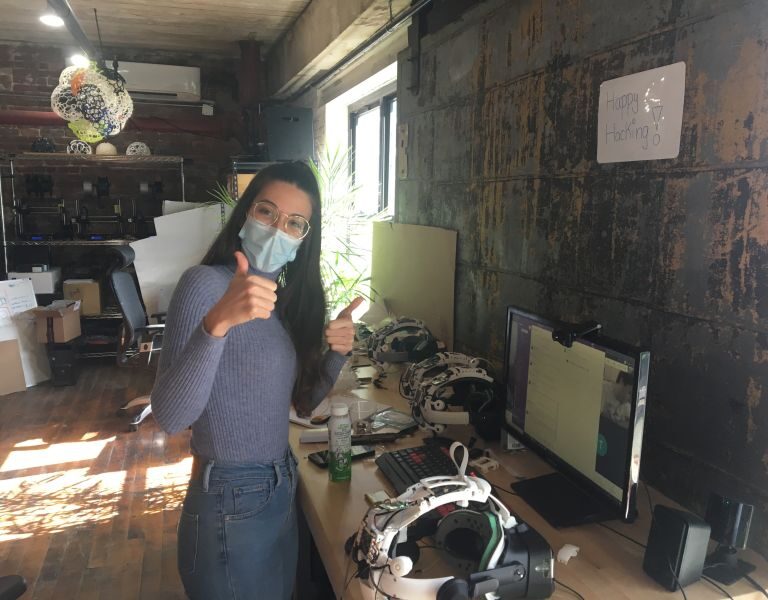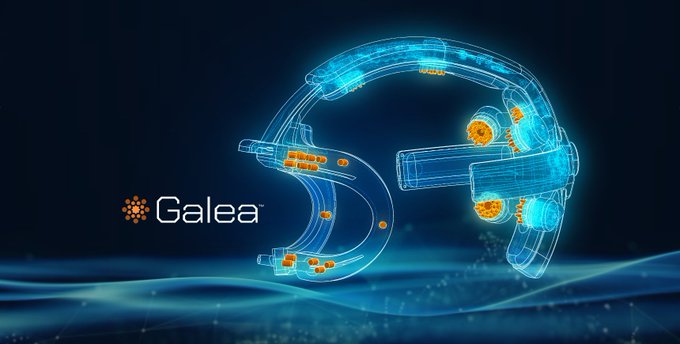One of the first things that caught my eye about OpenBCI was their motto: Turning Science Fiction into Science.
As a kid, I wanted to be a magician, and I spent countless hours perfecting my tricks. I dreamt of creating experiences to make people feel like they were in a world where anything was possible. The joy people experience when they watch a trick only magic can explain for them is priceless to me. Of course, as the one performing the trick, you know it’s all based on logic and science.
As I grew up, I found myself having less time to learn tricks, and letting go of my dream to be a magician. I became interested in technology and pursued an engineering degree. When I first learnt about Brain-Computer Interfaces (BCIs) and started building devices with them, such as NeuroSpin, I could see the same joy in people’s faces as when they watched my magic tricks as a kid. “Are you really moving that with your brain? Is this magic?”, they’d ask.
Right now, biosensing technology allows us to move objects with our mind, track our concentration and relaxation through brainwave analysis, spell messages with our eyes, and many other crazy things. However, we’re yet to merge all these powerful tools into a fully-immersive experience where you have endless possibilities. This is where Galea comes in.
Earlier this year, at OpenBCI, we announced our latest product: Galea. Galea is a hardware and software platform that merges next-generation biometrics with mixed reality. It’s the first device that integrates EEG, EMG, EDA, PPG, and eye-tracking into a single headset. The Galea hardware will be integrated into existing AR and VR head-mounted displays and will include SDKs for bringing rich and tightly time-locked biometric data into 3D development engines, 3rd-party applications, and all common programming languages.
Galea opens up a world of possibilities for researchers, developers, and creators to understand and augment the human mind and body. Even though I haven’t become a magician in the traditional way, being part of the team behind Galea has allowed me to pursue my dream of creating experiences where anything is possible. It’s science, but it feels like magic.
To learn more about how to get your hands on a Galea unit, visit galea.co!






